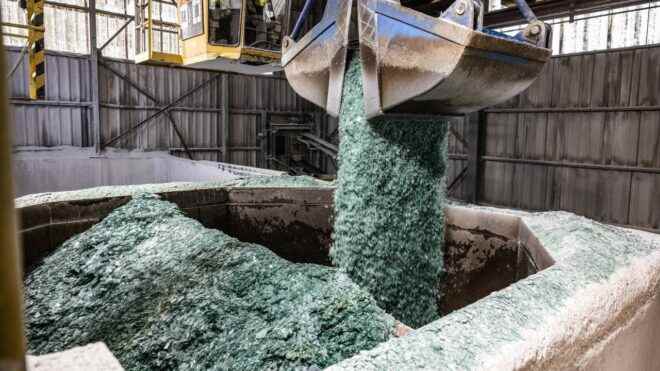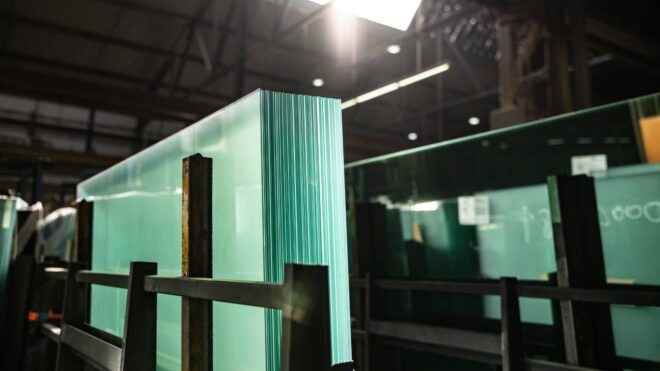Meeting with Reiling Glas Recycling, Saint-Gobain Glass and Saint-Gobain Sekurit, Audi wants to bring unusable glass back to life.
The fact that manufacturers include their operational activities in the process, along with electrification transformations, takes the environmental-oriented positive effect one layer higher. We are waiting for a period when the use of recyclable materials will come to the fore even more on this side. Audi, which is working towards a sustainable production, announced that it has implemented a new pilot project that will enable the use of automobile glasses in the closed material cycle as a part of its circular economy strategy. Audi and its supplier team, acting from the fact that old automobile glasses cannot be used to produce new automobile glasses; Reiling Glas Recycling, Saint-Gobain Glass and Saint-Gobain Sekurit are implementing a pioneering work for the recycling of damaged automobile glass.

Highlights from the Audi transformation project
In today’s dynamics, most of the waste automobile glass or panoramic sunroofs are turned into beverage bottles or insulating materials. With this project, if the recycling of damaged automobile glass is successful, less energy will be used in the production of new ones and it will be possible to reduce the demand for primary materials such as quartz sand. In the first leg of the project, the non-repairable glasses are first broken into small pieces and processed in Reiling Glas Recycling. Acting on the requirement that automobile windows meet the strictest requirements on issues such as collision safety, the company uses modern and powerful equipment to restore damaged glass to its original quality. The company separates all non-glass materials such as PVB (polyvinyl butyral) plastic sheets in glass, window sills, metals, antenna cables.

YOU MAY BE INTERESTED
After the glass recycling is processed and all possible waste materials are separated, Saint-Gobain Glass transforms this material into glass plate. The glass granule is initially sorted by type for clear verification of origin and colour, and then stored in special boxes. The material is mixed with quartz sand, sodium carbonate and chalk, the main components of glass, to produce the purest, most homogeneous glass possible. Plate glass is first processed into rectangles of approximately 3 x 6 meters each. Later, these plates are turned into automobile glass with an additional process by Saint-Gobain Sekurit, the third company of the project. With its pilot project, Audi plans to put into production up to 30 thousand tons of parts in the next three years.